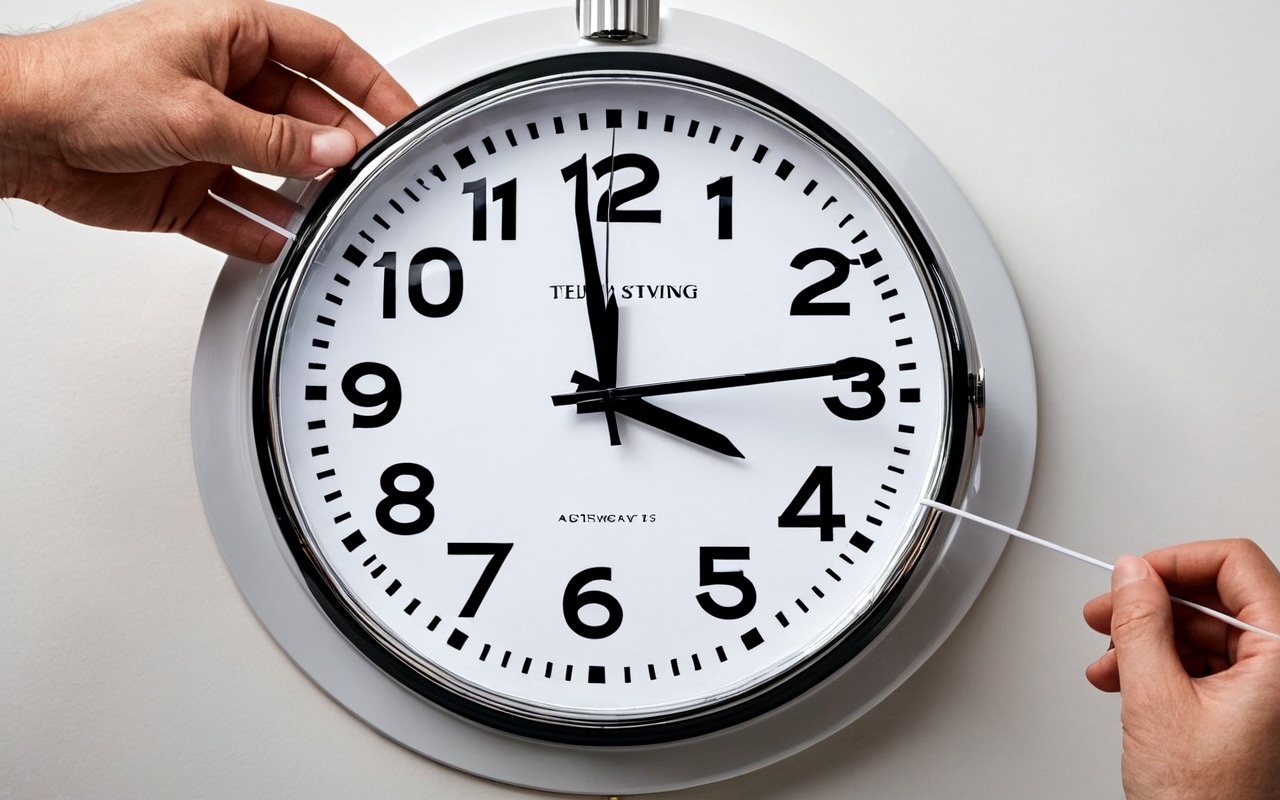Understanding Daylight Saving Time
A comprehensive guide to daylight saving time, its history, purpose, and global implementations.

What is Daylight Saving Time?
Daylight Saving Time (DST) is the practice of advancing clocks during warmer months so that darkness falls later each day according to the clock. Typically, regions that use daylight saving time adjust clocks forward one hour close to the start of spring and adjust them backward in the autumn. The main purpose is to make better use of natural daylight during the summer months, thus conserving energy and providing more daylight during the evening hours.
The History of Daylight Saving Time
The concept of daylight saving was first proposed in 1784 by Benjamin Franklin, who suggested that Parisians could economize on candles by rising earlier in the morning. However, it wasn't until World War I that Germany became the first country to adopt DST as a way to conserve coal during wartime. Other countries, including the United States, soon followed suit.
After the war, many countries abandoned the practice, only to adopt it again during World War II. In the United States, DST was standardized in 1966 with the Uniform Time Act, which established a uniform system of time across the country but allowed states to exempt themselves.
How Daylight Saving Time Works
The basic principle of DST is to "spring forward" and "fall back." This means:
- Spring Forward: In the spring, clocks are set forward by one hour (e.g., from 2:00 AM to 3:00 AM), effectively moving an hour of daylight from the morning to the evening.
- Fall Back: In the fall, clocks are set backward by one hour (e.g., from 2:00 AM to 1:00 AM), returning to standard time and moving an hour of daylight from the evening to the morning.
The specific dates for these changes vary by country and have changed over time. In the United States, for example, DST begins on the second Sunday in March and ends on the first Sunday in November.
Global Implementation of Daylight Saving Time
Not all countries observe DST, and even within countries, there may be regions that do not participate. Here's a brief overview of DST implementation around the world:
| Region | DST Usage | Start Date (Approx.) | End Date (Approx.) |
|---|---|---|---|
| United States & Canada | Most areas observe DST | Second Sunday in March | First Sunday in November |
| European Union | All countries observe DST | Last Sunday in March | Last Sunday in October |
| Australia | Some states observe DST | First Sunday in October | First Sunday in April |
| Asia | Most countries do not observe DST | N/A | N/A |
| Africa | Most countries do not observe DST | N/A | N/A |
| South America | Some countries observe DST | Varies | Varies |
Notable exceptions include Hawaii, Arizona (except the Navajo Nation), Puerto Rico, the U.S. Virgin Islands, and most of Arizona in the United States, which do not observe DST.
Benefits of Daylight Saving Time
Supporters of DST cite several benefits:
- Energy Conservation: By extending daylight hours in the evening, less electricity may be used for lighting.
- Economic Benefits: Extended evening daylight can boost retail shopping and outdoor activities.
- Reduced Crime: More daylight in the evening hours may reduce some criminal activity.
- Increased Outdoor Recreation: People have more time for outdoor activities after work or school.
Criticisms and Controversies
Despite its benefits, DST has faced numerous criticisms:
- Health Impacts: The time change can disrupt sleep patterns and has been linked to increased heart attacks, workplace injuries, and car accidents in the days following the spring transition.
- Energy Savings Debate: Some studies suggest that DST does not significantly reduce energy consumption as once believed, and in some cases, may actually increase it.
- Agricultural Concerns: Farmers often oppose DST because it disrupts their schedules, which are closely tied to sunrise and sunset.
- Complexity: Different DST practices worldwide create confusion for international communication, travel, and business.
Recent Movements and Future of DST
In recent years, there have been increasing calls to abolish the practice of changing clocks twice a year. Some regions advocate for permanent standard time, while others push for permanent daylight saving time.
In 2019, the European Parliament voted to end mandatory DST from 2021, allowing each member state to decide whether to remain on permanent summer time or winter time. In the United States, several states have passed bills to remain on permanent DST, although federal approval is required for these changes to take effect.
The debate over DST continues, with health experts, economists, and policy makers weighing the benefits and drawbacks of various approaches to managing daylight and time.
How to Handle the Time Change
If you live in a region that observes DST, here are some tips to help you adjust to the time change:
- Start adjusting your sleep schedule a few days before the change by going to bed and waking up 15-20 minutes earlier or later each day.
- Expose yourself to morning sunlight to help reset your internal clock.
- Avoid caffeine and alcohol in the evening, as they can disrupt sleep quality.
- Update your clocks before going to bed on the night of the change.
- Use the TimeZonder converter to help plan communication with people in other time zones during the transition periods.
Conclusion
Daylight Saving Time has a complex history and remains a topic of debate around the world. While it was originally implemented to save energy, its effects on health, economy, and society continue to be studied and discussed. Whether you're a fan of the extra evening daylight in summer or find the clock changes disruptive, understanding DST can help you navigate time differences and plan accordingly.
For more information about time zones and related topics, explore our other articles on the TimeZonder Blog.